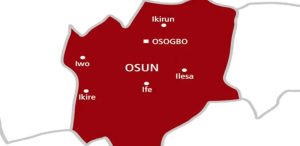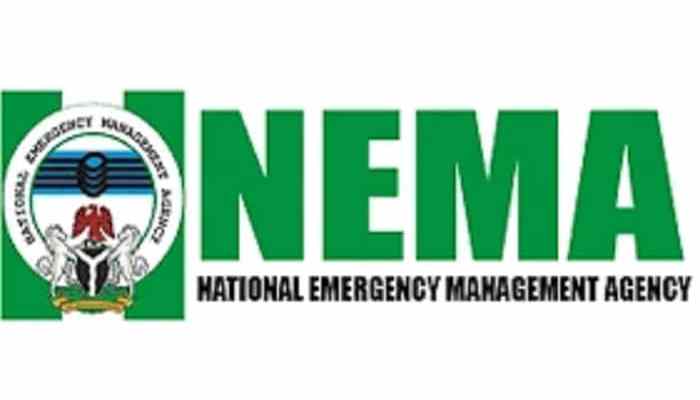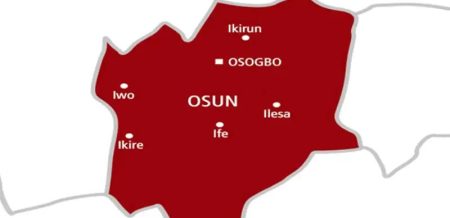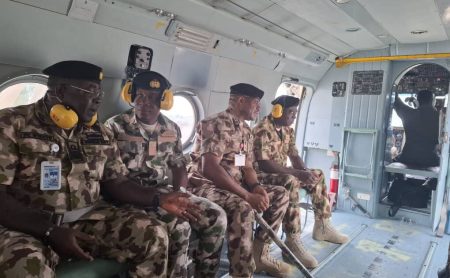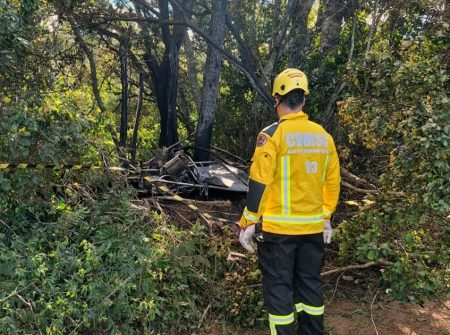The Nigerian Emergency Management Agency (NEMA) orchestrated a comprehensive flood disaster response simulation, codenamed “Ide Mmiri Odachi,” in Ogbaru Local Government Area, Anambra State, as a proactive measure against the predicted 2025 flooding in the Southeast region. This exercise served as the culmination of a four-day capacity-building training program designed to equip stakeholders with essential emergency response skills. The simulation aimed to define roles, responsibilities, and enhance coordination amongst various agencies involved in disaster mitigation and response at the grassroots level. The selection of Ogbaru, a frequently flood-affected area, underscored the practical relevance of the exercise and its focus on enhancing preparedness in vulnerable communities.
NEMA Director General, Mrs. Zubaida Umar, declared the simulation a success, highlighting its importance in raising public awareness about the impending flood risks. According to seasonal climate predictions by the Nigerian Meteorological Agency (NIMET) and the Annual Flood Outlook, Abia, Anambra, and Imo states have been identified as high-risk flood-prone areas within the Southeast. These states are already grappling with flood threats, emphasizing the urgency of proactive measures. The simulation provided a crucial opportunity to test NEMA’s emergency plans and protocols, identify potential gaps, and strengthen inter-agency collaboration, ultimately leading to improved disaster response capabilities.
Mrs. Umar emphasized the devastating impact of flooding in Nigeria, citing the recent Mokwa flood disaster in Niger State as a stark reminder. She underscored the significance of preparedness in saving lives and emphasized that effective disaster anticipation, response, and recovery hinge on thorough training and seamless inter-agency cooperation before disasters strike. By simulating a crisis scenario, NEMA aimed to enhance preparedness and bolster its capacity to respond effectively when faced with real-world flood events. The exercise served as a practical learning experience, enabling participants to identify areas for improvement and refine their strategies for mitigating the impact of future floods.
Anambra State Governor, Chukwuma Soludo, commended NEMA’s dedication to disaster mitigation in Anambra and the strategic choice of Ogbaru as the location for the regional simulation exercise. He acknowledged the escalating flood threats facing the state, exacerbated by climate change, inadequate urban planning, and other environmental factors. The Governor emphasized the crucial role of the armed forces in disaster response, particularly in challenging-to-reach riverine areas, recognizing the need for robust logistical and technical capacity. He expressed appreciation for the Nigerian Navy’s support and reassurance to the Ogbaru community during times of crisis, acknowledging their vital role in providing assistance and security in the face of natural disasters.
Governor Soludo, represented by Chief Paul Odenigbo, Executive Secretary of Anambra State Emergency Management Agency (SEMA), lamented the annual displacement of communities in Anambra’s riverine belts, the destruction of livelihoods, erosion of infrastructure, and the tragic loss of lives due to flooding. This highlighted the recurring nature of the disaster and the urgent need for comprehensive and sustainable solutions. The simulation exercise provided valuable insights into the challenges faced by these communities and the collaborative efforts required to mitigate the devastating impacts of flooding.
Navy Captain MD Jarma, Commanding Officer of the Naval Outpost Onitsha, affirmed the Navy’s enhanced preparedness for disaster response. He described the simulation as both successful and enlightening, noting that lessons learned and identified challenges would be addressed to further strengthen their capabilities. The Navy’s participation underscored the importance of inter-agency collaboration and the integration of military resources in disaster management efforts. The simulation provided valuable training and experience for naval personnel, equipping them to effectively contribute to disaster relief operations in affected communities.
The simulation exercise was a collaborative endeavor involving various stakeholders, including State and Local Government Emergency Management Agencies, Police, Department of State Services (DSS), Fire Service, Federal Road Safety Corps (FRSC), Red Cross, Navy, and Nigeria Security and Civil Defence Corps (NSCDC). This broad-based participation ensured a comprehensive approach to disaster response, incorporating expertise and resources from a range of agencies. The exercise fostered inter-agency coordination, communication, and cooperation, crucial elements for effective disaster management. By bringing together diverse stakeholders, the simulation promoted a unified and coordinated response strategy to address the complexities of flood disasters effectively. The joint effort showcased the commitment of various agencies to work collaboratively in mitigating the impact of flooding and ensuring the safety and well-being of communities at risk.


